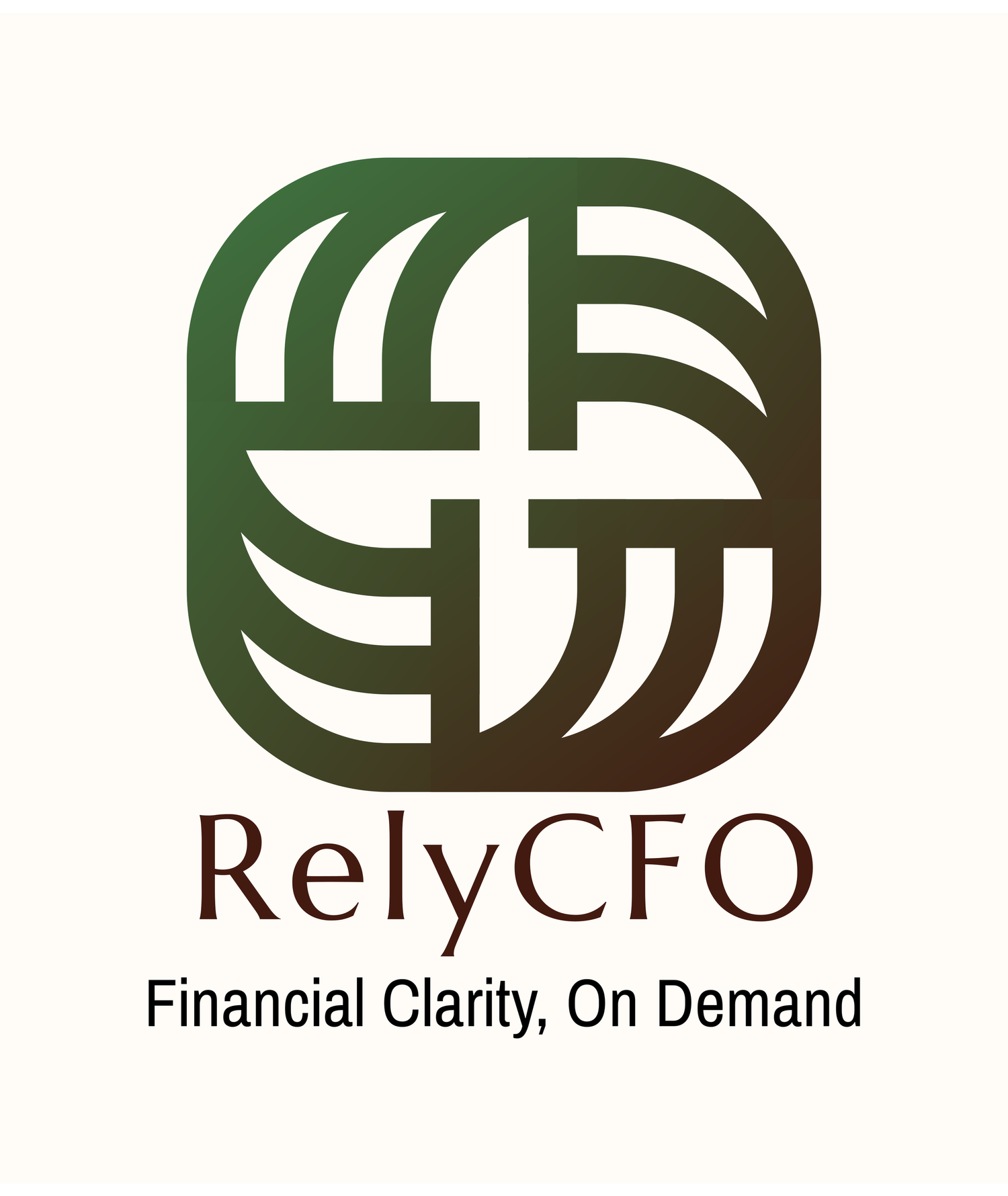Make or Buy? How to Decide If You Should Insource or Outsource Your Product
As a growing business, one of the most strategic choices you’ll face is whether to make your product in-house or outsource it to a third party. It’s not just a cost decision — it’s a bet on your long-term capabilities, risk appetite, and how fast you want to scale.
Let’s walk through the framework and a real-world example that shows how a smart “buy” decision helped a company grow faster — without burning cash or quality.
🔍 The Make vs. Buy Framework
Making in-house gives you:
Full control over quality and process
Long-term cost savings (once scale is reached)
Ownership of IP, innovation, and customization
But it also means:
High up-front capital (machinery, labor, space)
Slower ramp-up time
Operational complexity and risk
Buying (outsourcing) gives you:
Speed to market
Variable cost model (less capital risk)
Built-in expertise from manufacturing partners
But:
You sacrifice control
You pay vendor markup
You may face quality or delivery risks
💡 Real-World Example: A Consumer Hardware Startup
The Situation:
A founder-led startup in the smart-home space designed an innovative lighting device. They had raised $1.5M in seed funding and were getting strong interest from retailers.
The Dilemma:
Should they spend $600K+ to set up light assembly operations in Texas — or outsource production to a contract manufacturer in Taiwan?
My Practical Advice (as their fractional CFO) after running numbers & risks:
The Decision:
Choose outsource the first 3,000 units. This helped the startup:
Launch in Q4 holiday season (critical for category traction)
Focus internal resources on marketing, retail onboarding, and support
Avoid burning half their capital on fixed costs
Later, once volume stabilized at 10,000+ units/quarter, revisit the make vs. buy model — and started planning partial insourcing in a leased facility.
🧠 Key Takeaways for Founders and Operators
Make when control, quality, and long-term margin matter more than speed.
Buy when you need to move fast, validate demand, or avoid fixed costs early on.
Think of outsourcing not as giving up control — but as buying time, flexibility, and focus.
📈 What Can RelyCFO Do for You?
At RelyCFO, we help businesses run the numbers, assess the risks, and make financially sound decisions — whether it's launching a new product line or deciding when to bring operations in-house. You don’t need to gamble with your cash flow. You need data, scenarios, and experience.
Let’s talk if you’re evaluating your next make vs. buy call.


